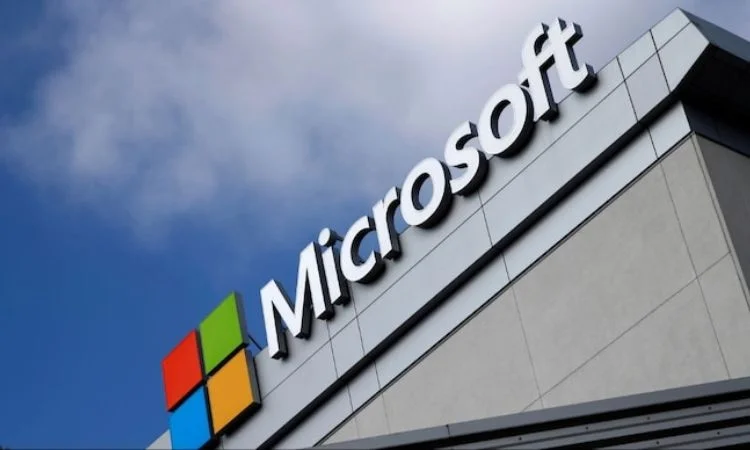It wouldn’t be just another step in the path of artificial intelligence development; rather it would be a new phase that would be on a totally different level, Microsoft’s and OpenAI’s announcement has just shown a glimpse into what that might mean for the future of AI. Labeled as “Stargate”, the supercomputer in the making is going to be the costliest ever construction with the expense of up to $100 billion – more than in any other computing project history.

While details are still emerging, reports indicate Stargate will utilize millions of specialized server chips and require at least several gigawatts of power. Its computing capabilities are projected to far surpass what Microsoft currently provides to OpenAI through its data centers. Achieving this scale would make Stargate over 100 times more powerful than today’s largest facilities.
Funding for the massive undertaking will likely come from Microsoft, which has already committed over $13 billion to partner OpenAI. The two tech giants clearly see Stargate as a long-term investment that could define the future of AI for decades. But where will this world-changing supercomputer be located, and what challenges must be overcome to realize such an ambitious vision?
Location is Key
With a project of Stargate’s magnitude, choosing the right location will be paramount. While specifics have yet to be revealed, accessibility to massive energy sources and hardware infrastructure will undoubtedly influence siting decisions. Cooler climates near renewable or nuclear energy plants may prove advantageous. Proximity to technology hubs could facilitate hardware procurement and talent recruitment as well.
Given Microsoft’s existing data center footprint, sites in the Northwest US or Western Europe seem plausible initial candidates. However, the sheer scale of Stargate may necessitate an entirely new purpose-built campus. Designed from the ground up for optimal performance and expansion, such a facility could become a global AI hub, attracting top researchers and spawning new technology clusters.
Overcoming Technical Challenges
Even more daunting than choosing a location may be the technical challenges of constructing and operating Stargate. Procuring millions of specialized server chips will likely push semiconductor manufacturing capabilities to their limits. Coordinating delivery and installation of this hardware on schedule will be an unprecedented logistical undertaking.
Ensuring a continuous power supply of several gigawatts also raises challenges. While renewable or nuclear sources could provide clean baseload power, energy storage solutions must buffer intermittent renewables. Cooling such a massive system efficiently to avoid overheating further complicates matters. Networking and data transfer bottlenecks will also need innovative solutions as models and datasets grow exponentially in size.
The Road to 2028
Facing hurdles of this magnitude, it’s no surprise Microsoft and OpenAI’s plans unfold in phases. Stargate’s proposed 2028 launch date will be preceded by five years of research and prototyping to reduce risks. Earlier supercomputing installations may test components and architectures at smaller scales.
Progress in semiconductor manufacturing, renewable energy technology, and other supporting fields over the next decade could significantly impact Stargate’s feasibility and design. With billions already invested and humanity’s technological future at stake, expect both companies to pursue every avenue to overcome obstacles between now and 2028.
The realization of Stargate promises to catapult AI capabilities into an entirely new domain. It presents an inspiring vision of scientific progress for the good of all. While challenges lie ahead, by working together across industries Microsoft and OpenAI aim to bring benefits from artificial general intelligence within reach that much sooner. The future they are building with Stargate may usher in an era where technology works with us to solve humanity’s greatest problems.















